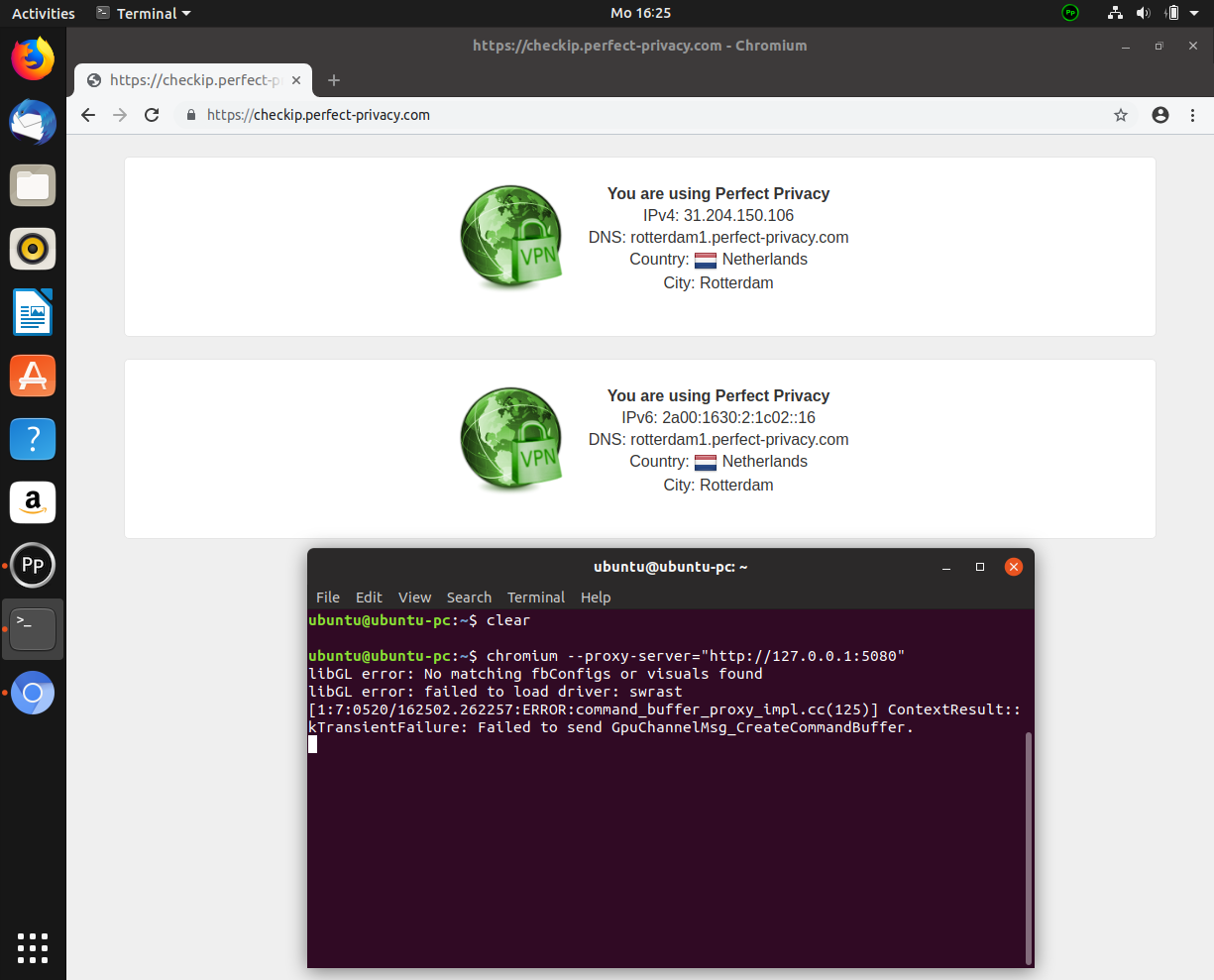

Lastly, check the option Proxy DNS when using SOCKS_v5. Then, for the port, enter the port we dedicated for the SOCKS tunnel.

As for the SOCKS Host, use localhost or 127.0.0.1. Click Settings on Configure how Firefox connects to the internet:Īfter that, select Manual proxy configuration. From the top-right corner, click the menu icon. For demonstration, Firefox is a great example.įirst, open Firefox. Any app supporting SOCKS can use the tunnel. A terminal window will pop up to connect to the remote server via SSH. Here, under the Destination field, select the options shown in the screenshot: First, you need to download PuTTY:įrom the Session tab on the left panel, enter the Host Name (or IP address) of your server. The SSH process will function as intended from the background.įor Windows users, using PuTTY is an easier solution. Now, you can safely close the terminal window. The following SSH command will establish a SOCKS tunnel to the remote server: This guide on configuring SSH key-based authentication demonstrates the process in detail. The SSH key must also be registered to the remote system. On the local computer, we need to configure an SSH key to ensure a secure connection. Setting up the SOCKS tunnel (macOS/Linux).If you’re on Windows, then you either use WSL (Windows Subsystem for Linux) to set up a local Linux environment or use PuTTY, an open-source app that can implement various network protocols like Telnet, rlogin, etc. It’s a modern-day web browser that supports the SOCKS 5 proxy tunnel. As we’re using SOCKS proxy, to test the connection, we need an app that can use it. You need to have SSH configured prior to making it work smoothly. Prerequisitesįor demonstration, we used a local machine running Ubuntu desktop and a remote machine running Ubuntu server.
#Firefox ssh proxy password how to
This guide will demonstrate how to establish an SSH SOCKS 5 proxy tunnel and route your web traffic through the tunnel.
#Firefox ssh proxy password install
It’s useful when you can’t install the VPN client or don’t trust a VPN provider. Compared to VPN, SOCKS offers more flexibility and control over the network configuration. SOCKS (Socket Secure) is a similar network protocol that allows communicating with servers through a firewall by routing the network traffic on behalf of a client. However, VPN isn’t the only form of a proxy server. All the traffic passes through the VPN server, effectively masking your IP address and location. When it comes to securing your footprint on the web, you may have heard about VPNs, right? VPN acts as a middleman between your computer and the internet.


 0 kommentar(er)
0 kommentar(er)
